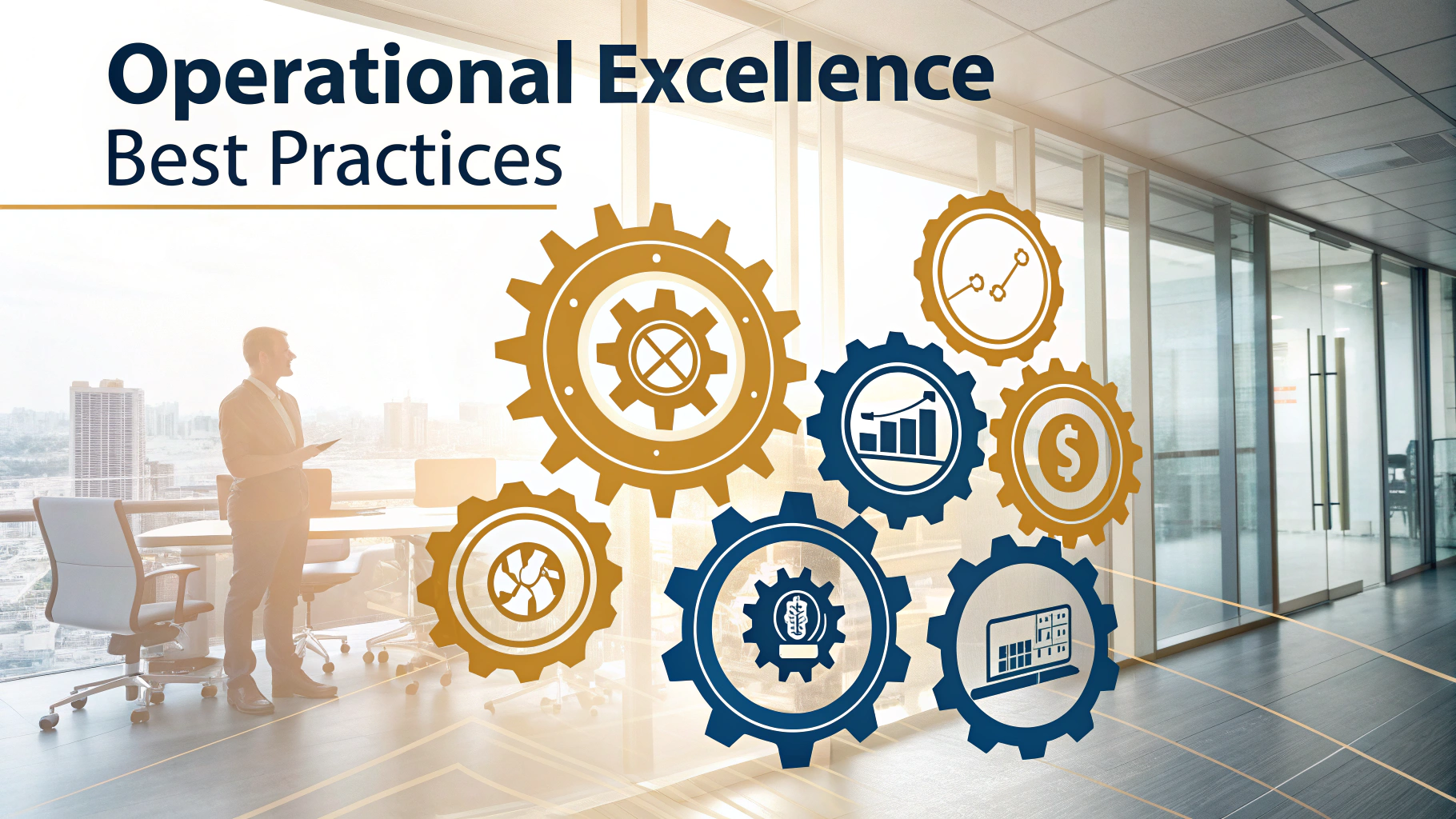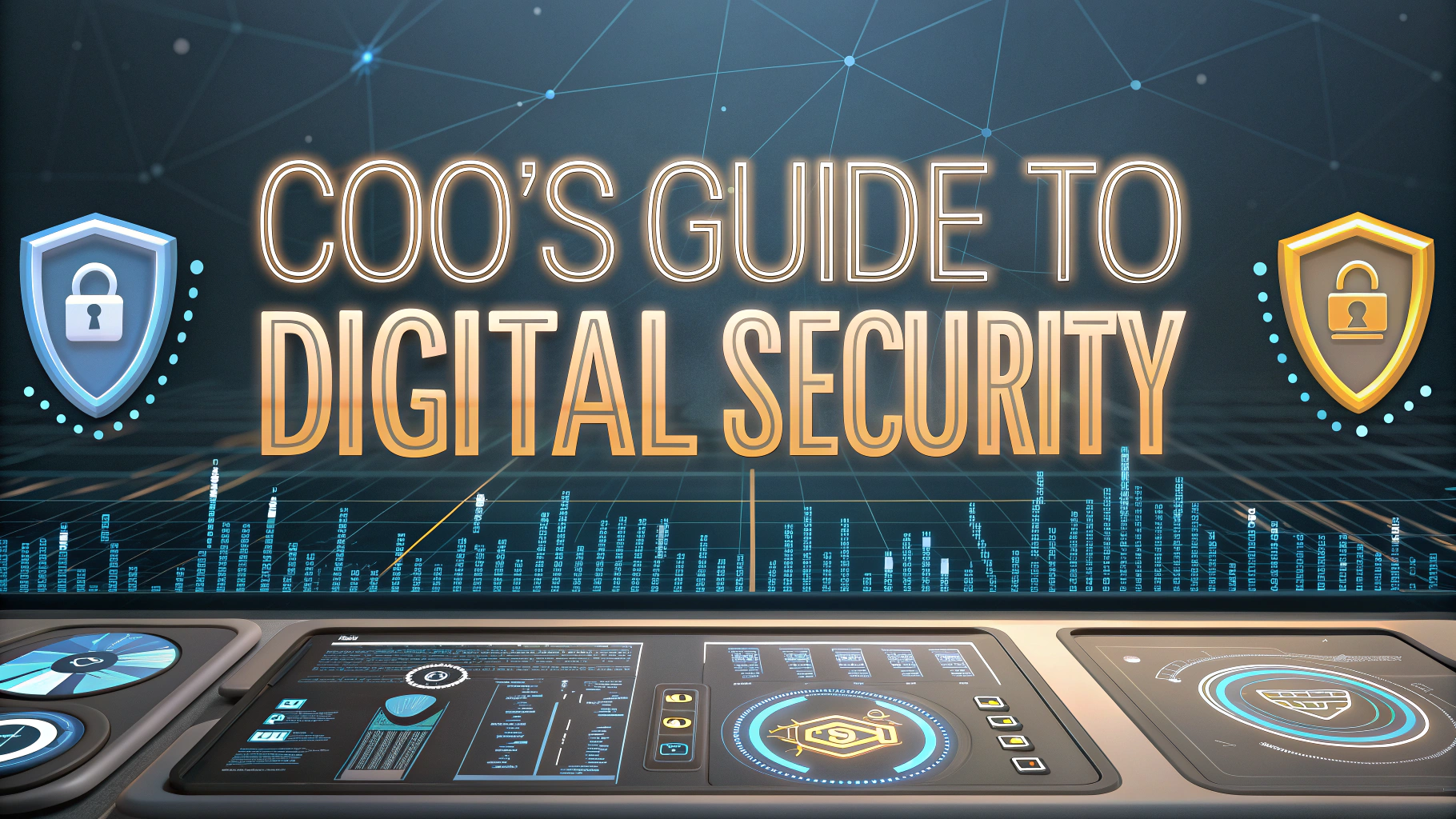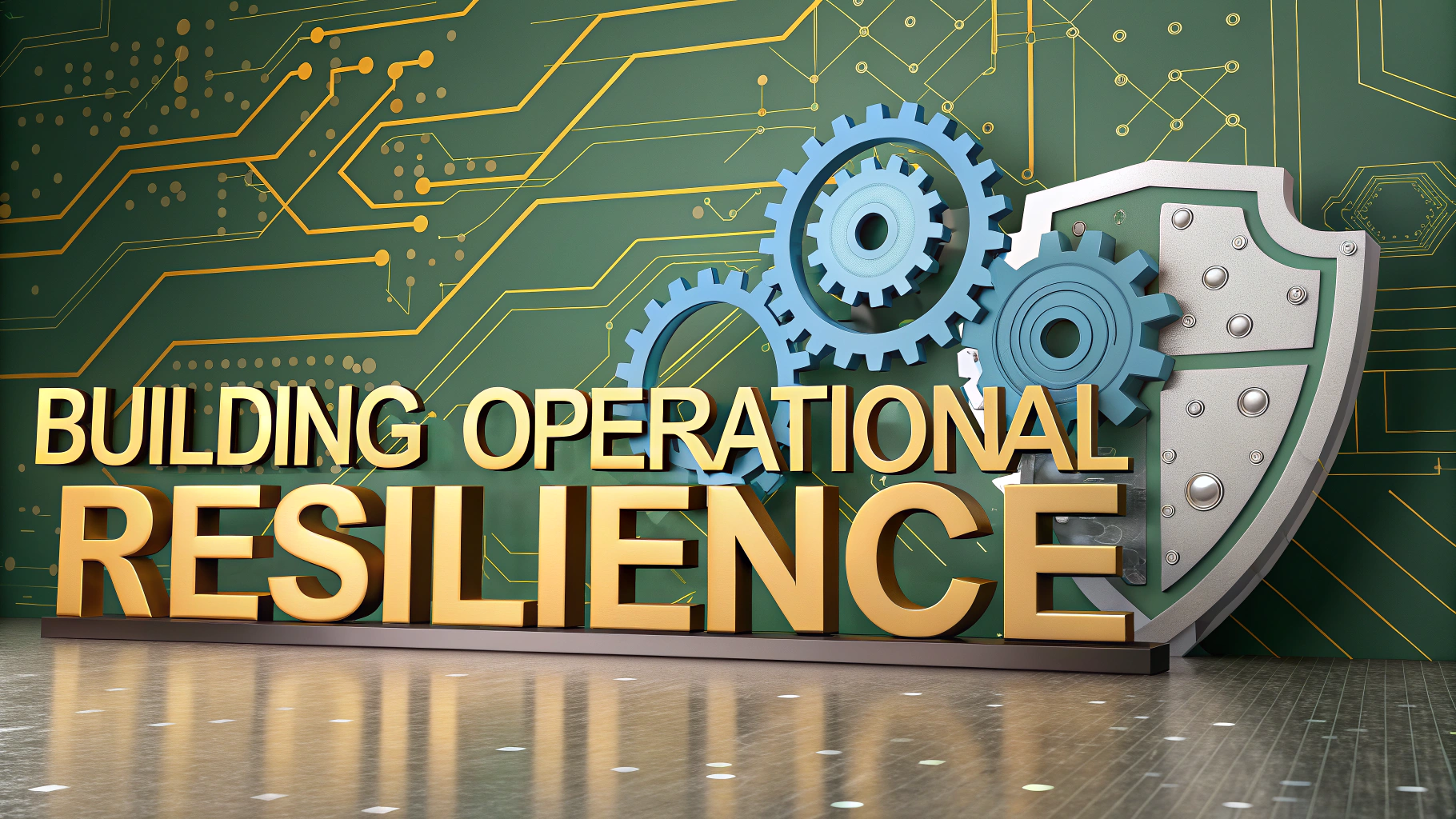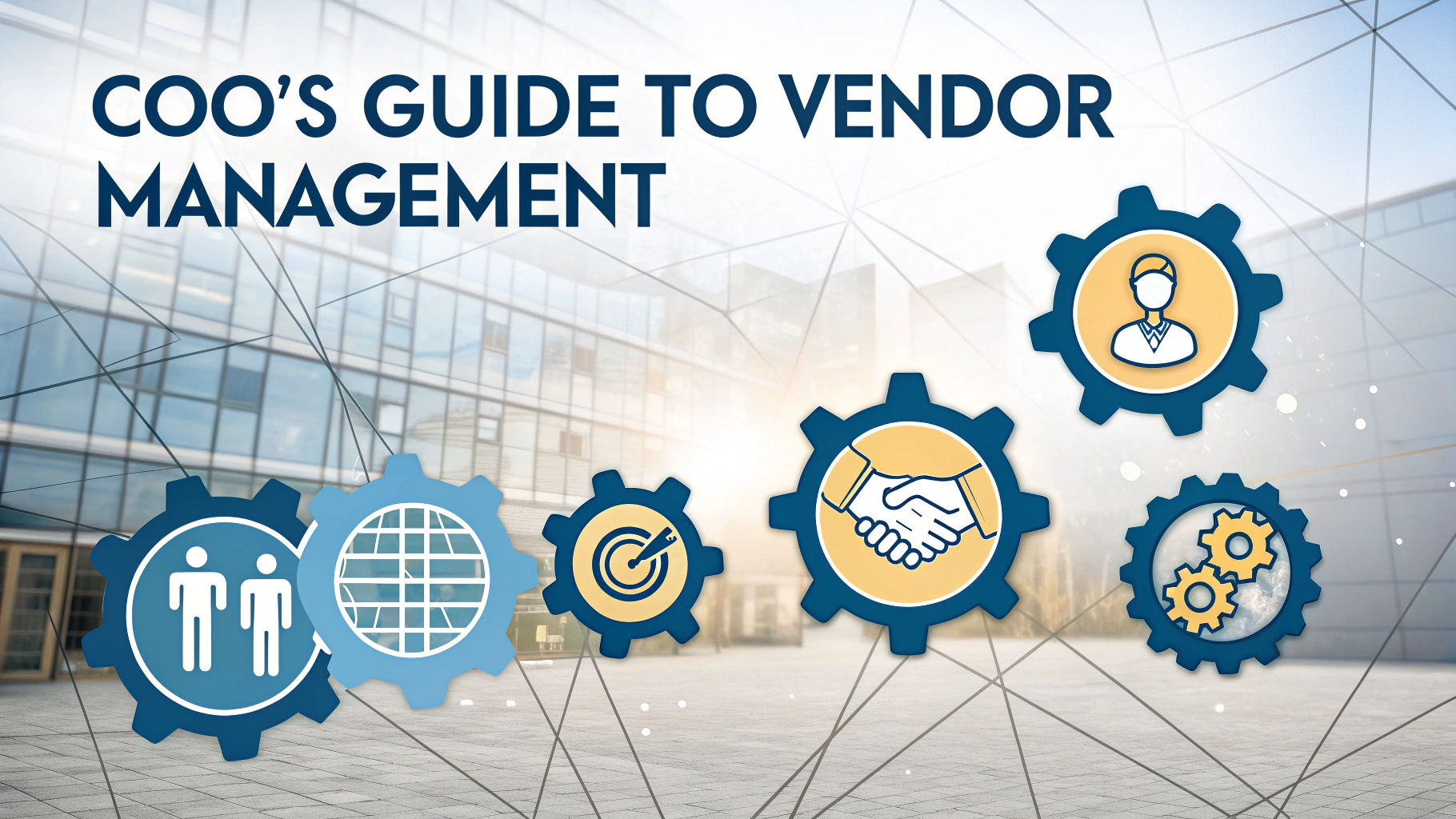A sustainable Chief Operating Officer (COO) balances environmental responsibility with operational efficiency to create long-term business value.
Modern businesses need leaders who can transform traditional operations into eco-friendly practices while maintaining profitability and growth.
This guide explores how COOs can implement sustainable practices across their organizations while driving operational excellence.
Key Responsibilities of a Green COO
- Developing sustainable supply chain strategies
- Implementing energy-efficient operations
- Managing waste reduction programs
- Overseeing green building initiatives
- Creating environmental compliance frameworks
Implementing Sustainable Supply Chain Practices
Select suppliers based on their environmental credentials and commitment to sustainability.
Optimize transportation routes and logistics to reduce carbon emissions.
Implement reverse logistics programs to handle product returns and recycling efficiently.
Energy Management Strategies
- Install smart building management systems
- Transition to renewable energy sources
- Implement energy monitoring and reporting systems
- Upgrade to energy-efficient equipment
Waste Reduction and Circular Economy
Design operations around the principle of zero waste.
Implement recycling and composting programs across facilities.
Create partnerships with recycling facilities and waste management experts.
Green Building Management
- Pursue LEED certification for facilities
- Install water-efficient fixtures and systems
- Use sustainable building materials
- Implement green cleaning practices
Employee Engagement in Sustainability
Create sustainability training programs for all staff levels.
Establish green teams to champion environmental initiatives.
Develop incentive programs for sustainable behavior.
Measuring Environmental Impact
| Metric | Measurement Method |
|---|---|
| Carbon Footprint | GHG Protocol Standards |
| Water Usage | Water Audit Tools |
| Waste Generation | Waste Stream Analysis |
Technology Integration for Sustainability
- IoT sensors for resource monitoring
- AI-powered optimization systems
- Digital twin technology for operational modeling
- Blockchain for supply chain transparency
Moving Forward with Green Operations
Success as a Green COO requires continuous learning and adaptation to new environmental technologies and practices.
Partner with environmental organizations and sustainability experts for guidance and support (U.S. Green Building Council, Environmental Protection Agency).
Regular assessment and updating of sustainability strategies ensures long-term environmental and business success.
Financial Benefits of Sustainable Operations
- Reduced operational costs through energy efficiency
- Tax incentives and government grants
- Increased investor interest in ESG performance
- Enhanced brand value and market share
Risk Management and Compliance
Develop comprehensive environmental risk assessment protocols.
Stay ahead of evolving environmental regulations and standards.
Create contingency plans for climate-related disruptions.
Key Compliance Areas
- Emissions reporting requirements
- Waste management regulations
- Chemical handling and storage
- Environmental impact assessments
Stakeholder Communication
Develop transparent sustainability reporting frameworks.
Engage regularly with investors on environmental initiatives.
Create community outreach programs for environmental projects.
Innovation in Sustainable Operations
- Research and development in green technologies
- Pilot programs for emerging sustainable solutions
- Cross-industry collaboration opportunities
- Green product development initiatives
Building a Sustainable Future
Sustainable operations require commitment, innovation, and strategic vision from modern COOs.
Success lies in balancing environmental stewardship with business growth objectives.
Organizations that embrace sustainable practices today will be better positioned for tomorrow’s challenges and opportunities.
Continuous improvement and adaptation of green strategies ensure long-term organizational resilience and environmental leadership.
FAQs
- What is a Green COO’s primary responsibility in sustainable operations?
A Green COO is responsible for implementing and overseeing environmentally sustainable business practices across all operational aspects, including supply chain management, resource utilization, waste reduction, and energy efficiency initiatives. - How does a Green COO measure operational sustainability success?
Success is measured through key performance indicators (KPIs) such as carbon footprint metrics, energy consumption rates, waste reduction percentages, water usage efficiency, and sustainability certification achievements. - What certifications are relevant for a Green COO?
Relevant certifications include LEED (Leadership in Energy and Environmental Design), ISO 14001 (Environmental Management), GRI (Global Reporting Initiative) certification, and Certified Energy Manager (CEM). - How does a Green COO integrate sustainability into supply chain management?
They implement supplier sustainability assessments, establish green procurement policies, optimize logistics for reduced emissions, and develop circular economy initiatives within the supply chain network. - What role does technology play in sustainable operations management?
Technology enables real-time monitoring of resource usage, automation of energy management systems, implementation of smart building solutions, and data analytics for sustainability reporting and optimization. - How does a Green COO balance cost management with sustainability goals?
They identify cost-effective sustainable solutions, calculate ROI on green investments, leverage government incentives, and demonstrate long-term financial benefits of sustainable practices through lifecycle cost analysis. - What strategies do Green COOs use to engage employees in sustainability initiatives?
They implement sustainability training programs, create green teams, establish employee incentive programs for environmental initiatives, and develop internal communication strategies about sustainability goals and achievements. - What are the key regulatory compliance areas a Green COO must monitor?
They must track environmental regulations, carbon emission requirements, waste management laws, energy efficiency standards, and environmental reporting obligations across all operating regions. - How do Green COOs implement circular economy principles in operations?
They design waste reduction systems, implement product recycling programs, develop remanufacturing processes, and create closed-loop supply chains to minimize resource consumption and waste. - What role does a Green COO play in facility management?
They oversee sustainable building operations, implement energy-efficient systems, manage waste reduction programs, and ensure sustainable maintenance practices across all facilities.







